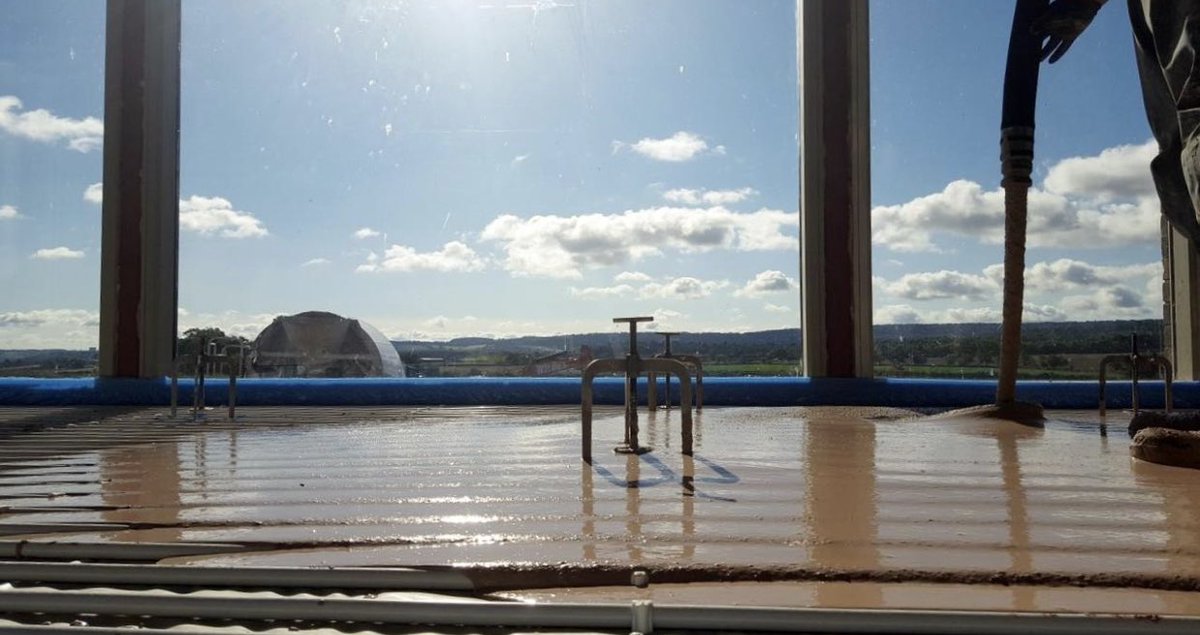How the Screed Market is Changing!
For a long time, the UK screed market was based on traditional sand and cement-based screeds. The beauty of traditional screed designs lies in the simplicity. After all, when a construction expert needs an array of hand tools in tow, a slew of readily available materials and an understanding of their constituent parts, it recalls the adage of “if it ain’t broke, don’t fix it”.
However, issues regarding flooring quality have brought about recent innovations, with some unlikely screeding materials now being widely used.
Understanding liquid screed
Screed installation can be a complex and often lengthy task. It requires a lot of physical effort and a great deal of skill to achieve high-quality compaction. Achieving a levelled surface with dapple bars is something of an accomplishment, and to make screeding more accessible for workers, the industry has long been calling out for a more malleable liquid screed.
Gap in the market
Despite being in demand, the development process of liquid screed is not particularly easy. One of the difficulties faced when manufacturing such a material is that cement is used as a binder. As the material dries and hardens, it tends to shrink. The amount of shrinkage can be difficult to estimate or control. Humidity, temperature, the amount of water in the liquid and the thickness of the section of screed being applied can all affect how the material will shrink.
Liquid screed developments
For years, the UK construction industry has tried to solve these issues with relatively little success. Failures occur due to inconsistencies in both the mixing and application of materials. Poor mixing can cause cracking and curling, while incorrect setting times or properties can also cause issues. Despite this, two recent developments may have transformed the production of flowing screed which could have solved these major problems.
Gypsum binder
Gypsum is a compound which is made up of calcium sulfate dihydrate. It’s often used in plasterboard, and its properties make it a more practical alternative to cement as a binder in liquid screed. As a more malleable material, it’s less likely to crack and makes achieving an even spread quite easy.
Flowing cement-based screed
The popularity of flowing screed has grown exponentially in recent years, and it’s thought that up to a quarter of all screeds are put in place with a flowing liquid system. The installation of flowing screed is much simpler, and from a health and safety perspective it takes away the strain on the backs and knees of contractors.
However, there is still a huge market for traditional screed. Regardless of the methods employed, one thing is for certain – there will always be a demand for hand tools like dapple bars, slump kits, crack inducers and screed levelling tripods in the industry.




